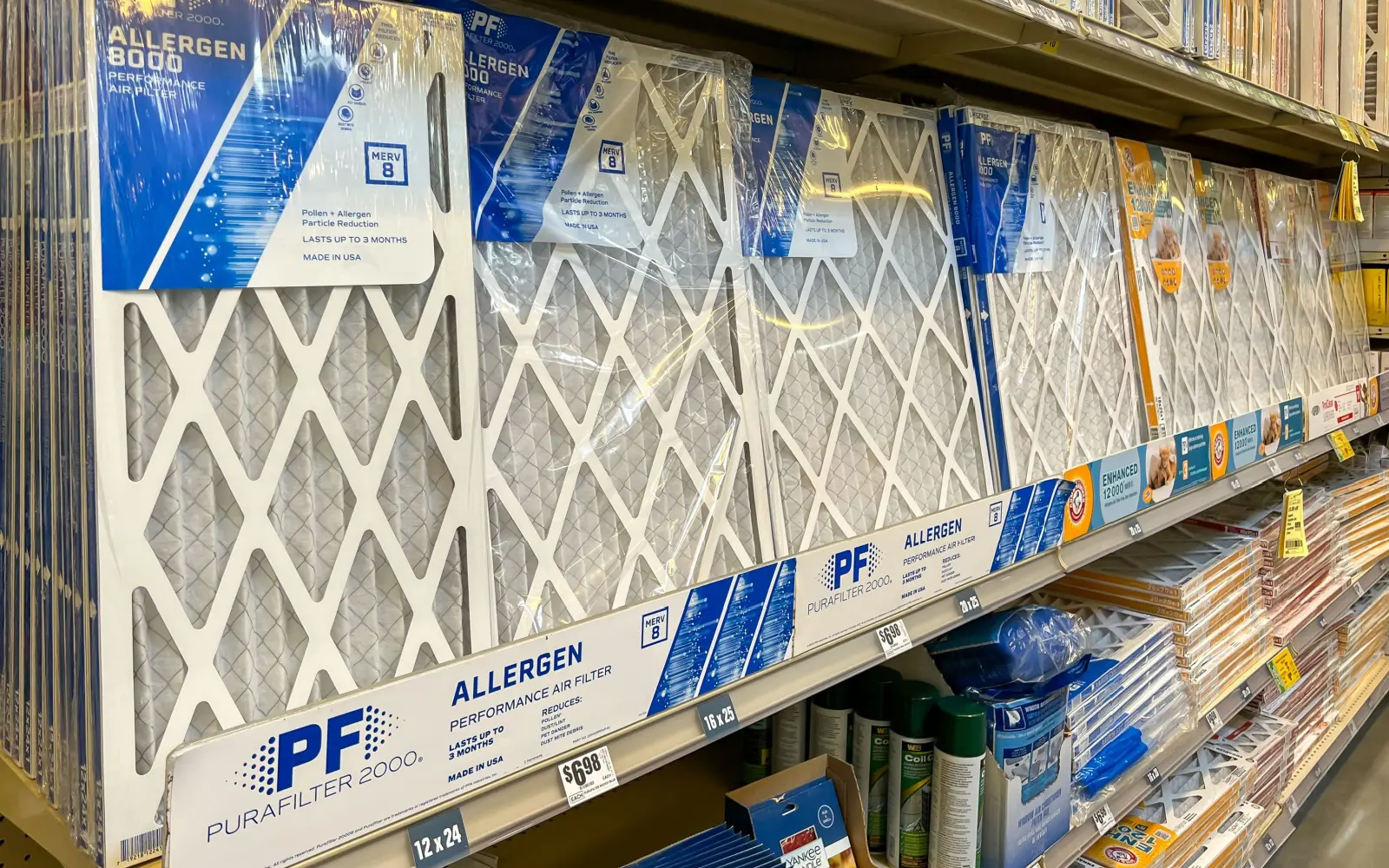You may have heard about a MERV rating, but how does it affect what type of furnace filter you buy? We’ll explain this and more in greater detail below. Read on to learn all you need to know.
Your furnace filter should be changed every three months, and when it’s time to buy a new filter, the options can be confusing. Different MERV ratings, filter types, sizes, and brands are available.
It’s easy to jot down your current filter size and grab the first one you see, but if you’re getting one with the wrong rating, you can actually end up damaging your furnace.
MERV ratings indicate how effective a filter is at keeping different particles out. You might have been using furnace filters with one that is too low or too high for your furnace without knowing it.
If the rating is too low, potentially dangerous or damage-causing particles can easily slip by. If it is too high, your furnace will overwork itself because of limited airflow.
Choosing the right furnace filter is like the story of Goldilocks and the Three Bears. You need to find a rating that is not too high, not too low, but just right.
Once you know what the different MERV ratings mean, you can pick out the rating that will improve your air quality without choking your furnace in the process.
You should also know about the best furnace filter brands and the different types and sizes of filters. First, let’s look at why choosing the right furnace filter is so important.
Why Your Furnace Filter Choice Matters
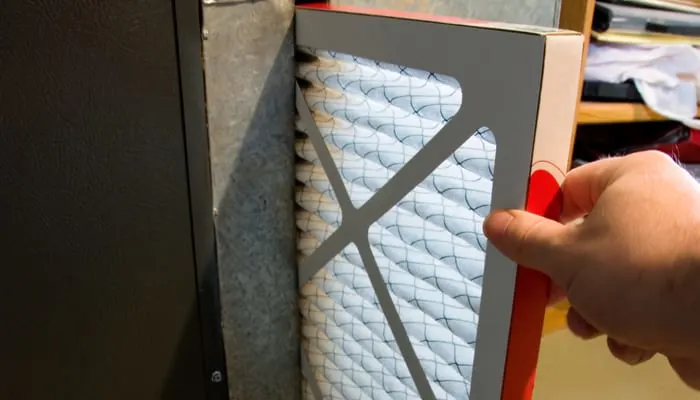
Greg McGill/Shutterstock
A tiny part you replace every three months (or whenever you remember to do it—we’re not judging) can’t matter all that much, can it? Unfortunately, it really can.
If you’re not ready to shell out anywhere from $2,000 to $6,000 for a new furnace, you should be maintaining it consistently. Filter replacements are one of the simplest ways to keep your furnace in top-notch shape.
Remembering to change the filter every three months is great, but replacing it every three months with one that improves the furnace’s efficiency is even better.
A subpar filter won’t do your furnace any favors. And if you’ve been using the wrong filters for a while, the next replacement could be the straw that breaks the camel’s back. Here’s why furnace filters are so important:
Improves Air Quality
Would you visit a place where you knew you’d breathe in large amounts of pollen, dust mites, or pet dander? Most of us wouldn’t.
But without an adequately MERV-rated furnace filter, that’s exactly what you’ll be doing in your own home. Filters block out the particles we don’t want to breathe and improve the air quality inside our homes.
Keeps Heating Bills Down
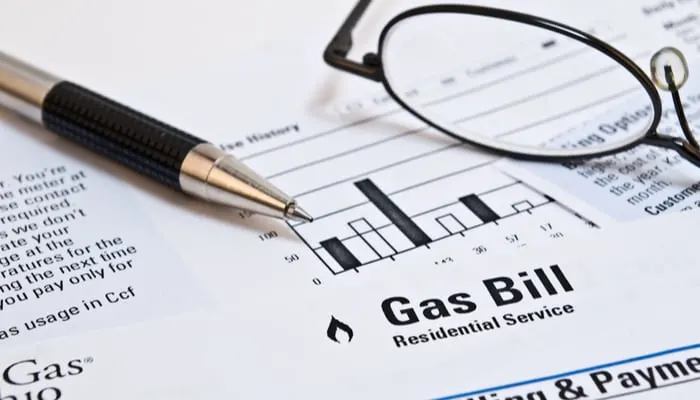
K. Geijer/Shutterstock
Like we just discussed, dirty filters or those with the wrong MERV rating restrict airflow. Less airflow makes your furnace work much harder than usual to generate heat.
When that happens, you’ll see your heating bills skyrocket. The EPA found that simply replacing a dirty or incorrect filter with one recommended for your system will slash your heating bills by about 15%.
Ensures Adequate Air Flow
The movement of air is a central part of your furnace’s operation. When it generates heat, the warm air is blown into your ductwork with a powerful fan, so it can be dispersed into your home.
If your furnace filter is really dirty or has the wrong MERV rating, airflow is severely restricted, and less heat makes its way into your home.
If that’s not bad enough on a cold night, too little airflow forces the system to suck air from any crack or opening in your ductwork.
This results in dirt, grime, and dust being sucked in and covering your furnace’s coils, making it work harder to generate less heat than usual.
When coils get too dirty to transfer heat energy out, it stays trapped inside the system. This makes it overheat and shut off.
What Is a MERV Rating?
Now that you know why furnace filters are important, let’s talk about the MERV rating you see on filter packaging. MERV is an abbreviation for Minimum Efficiency Reporting Value.
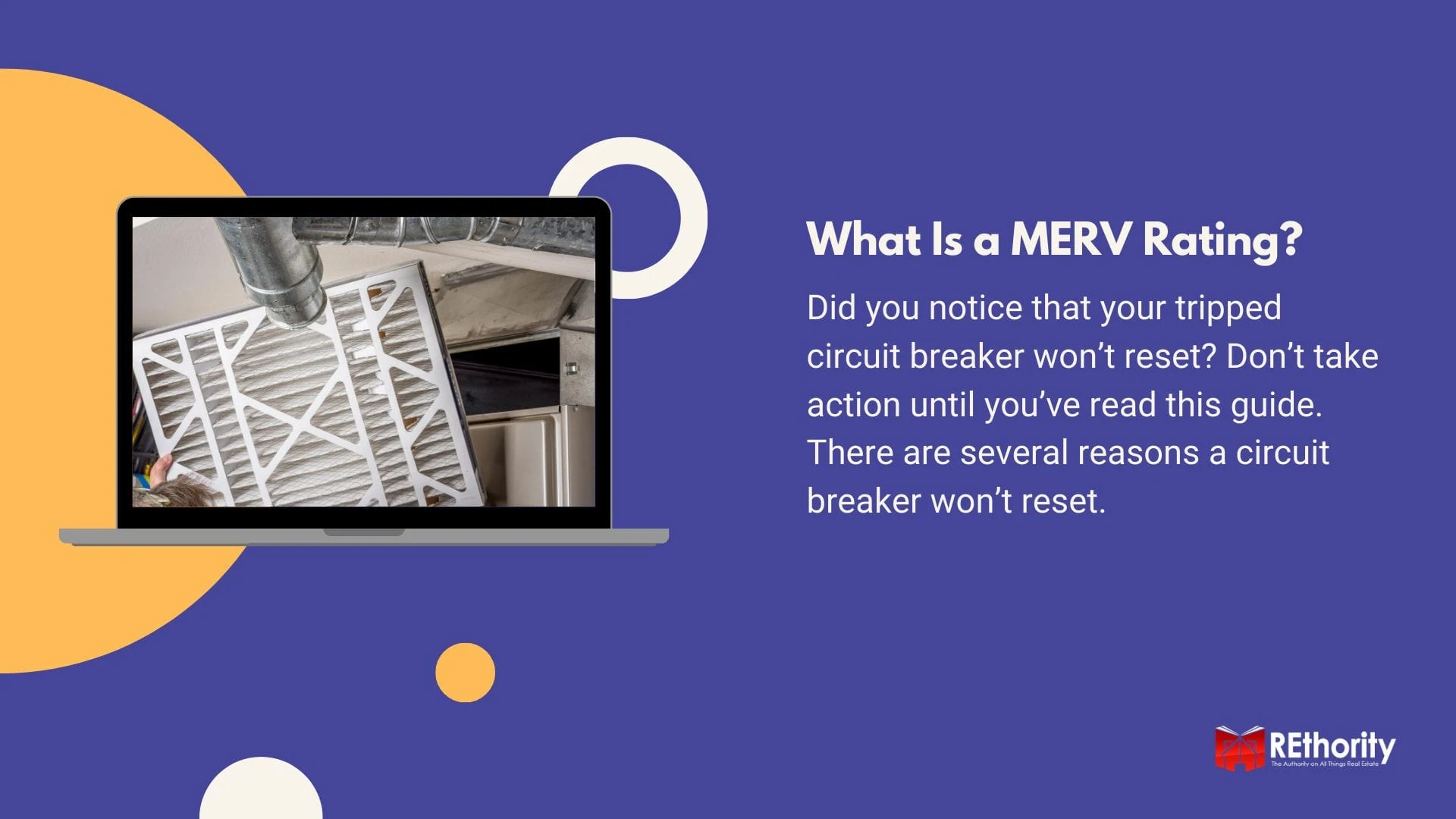
The American Society of Heating, Refrigerating and Air Conditioning Engineers (ASHRAE) developed this rating system to make it easy to find filters that block out certain types of particles.
The MERV filter rating system goes from 1 to 20. On the lower end of the scale, larger particles can make their way through the filter. Closer to the high end of the scale, even very small particles are blocked from passing through the filter.
What MERV Rating Is the Best?
The MERV rating tells you what the furnace filter can block out, but understanding what each of the numbers means will help you decide which rating is right for you.
Here’s the rating system, including what each block blocks and what location it’s intended for.
| MERV Rating | Smallest Particle Size | What It Blocks | Best For |
|---|---|---|---|
| 2022-01-04 00:00:00 | > 10.0 μm | Pollen, dust mites, bug debris, sanding dust, spray paint dust, fabric fibers, carpet fibers | Home A/C window units |
| 2022-05-08 00:00:00 | 10.0–3.0 μm | Mold, spores, dust mites, cat and dog dander, hair spray, fabric protector, dusting products | General home, commercial, and some industrial spaces |
| 2022-09-12 00:00:00 | 3.0–1.0 μm | Legionella, humidifier dust, lead dust, flour, auto emission particulates, nebulizer droplets | High quality home, commercial, and medical laboratory systems |
| 13-16 | 1.0–0.3 μm | Bacteria, sneeze droplets, cooking oil, some smoke, insecticide dust, face powder, paint pigments | Hospitals and general surgery facilities |
| 17-20 | Virus, carbon dust, sea salt, smoke | Sterile pharmaceutical and electronics manufacturing cleanrooms |
Filters with mid-range MERV ratings of 4–12 are typically used in residential spaces. The rating you choose will be based on your allergies, sensitivities, and preferences.
Anyone allergic to dust mites or pet dander should choose a filter with a minimum MERV rating of 5, preferably closer to 7 or 8. Say you’re severely allergic or have lung issues.
Or, you have a compromised immune system. In this case, you’ll want an 11 or 12 rating. In general, most household furnaces operate efficiently while keeping residents safe, using a filter with a MERV rating of 7–12.
What’s Wrong With Higher MERV Ratings?

Dean Drobot/Shutterstock
It’s easy to jump to the filters with the highest ratings and assume those would be best for your furnace, but they’re not.
Filters that have higher MERV ratings will certainly improve air quality, but at the expense of:
- Your wallet: 16+ MERV-rated filters are much more expensive.
- Your furnace’s efficiency: the higher the rating, the harder it is for air to pass through, and the harder your furnace will work to heat your home.
Filters with high MERV ratings are used in specialized locations where particulate matter and contaminants carry bigger risks, like in medical facilities and manufacturing facilities where medications are made.
Your furnace may have a maximum MERV rating. This indicates the highest MERV rating the system can accommodate without overworking and causing damage.
You can check for this information online by searching for your furnace brand and model.
Choosing the Right Furnace Filter
Choosing the right furnace filter involves knowing what MERV rating, type, size, and brand of filter you need. We’ve reviewed MERV ratings and what they mean.
So you should have a good idea of the rating that will be appropriate for your household. You just need to consider type, size, and brand to find the best filter for your furnace.
Furnace filters can be disposable (pleated or fiberglass) or reusable. Some filter types have higher MERV ratings than others. Which filter type have you been using?
Disposable Pleated Filters
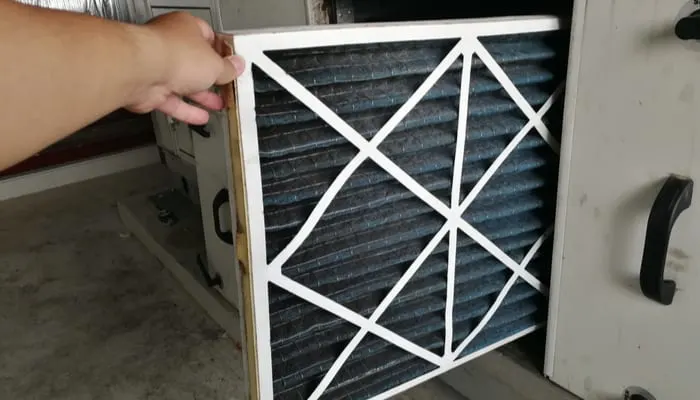
Sucharas Wongpeth/Shutterstock
These are the most common filter types. They’re made of polyester or cotton paper sheets and are good at trapping small particles. You’ll find them priced according to the brand, size, and MERV rating.
They are available in MERV ratings 6 to 13. Expect to pay anywhere from $5 to $30 for these.
Disposable Fiberglass Filters
Fiberglass filters are cheaper than disposable pleated filters. They usually look like blue spiderwebs in a filter frame. They don’t come in high MERV ratings.
But they may be adequate for households without allergy concerns. These are available in MERV ratings 2-4. Expect to pay anywhere from $2 to $8 for these.
Permanent Reusable Filters
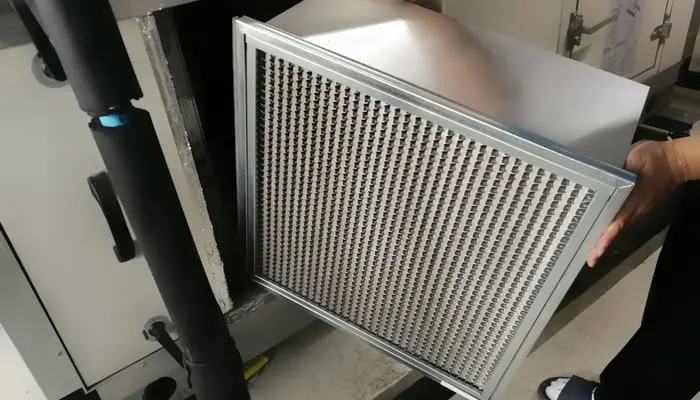
Sucharas Wongpeth/Shutterstock
Permanent filters are washed every three months instead of being replaced. Made of metal and much sturdier than disposable filters, they’re more expensive but last up to 5 years. Expect to pay anywhere from $20 to $60 for these.
Electrostatic Filters
You can find disposable and reusable filters that are labeled electrostatic. As air passes through them, they charge up and trap additional particles.
If you have pets or smokers in your home, these are a good choice. Expect to pay a little more for any electrostatic filter, usually $12 (disposable) to $50 (reusable).
Furnace Filter Sizes
Even a reusable filter with the best MERV rating won’t do you any good if it’s not the right size. Furnace filters come in a range of sizes and thicknesses. Yours might be 1 to 6 inches thick.
Getting the correct thickness (depth) is important so the filter fits snugly and doesn’t allow air to travel around it. As for height and length, those vary a lot more.
Your filter might be as small as 10 x 20 or as large as 25 x 25. Check your current furnace filter to find the correct size and thickness. If that’s not possible, check your furnace manual for the right measurements.
Best Furnace Filter Brands
We’ve found the furnace filter brands that are most recommended by HVAC professionals.
After seeing hundreds of HVAC systems shut down or become ineffective due to the wrong filters, these experts know what filter brands are best. These are their favorites.
Filtrete
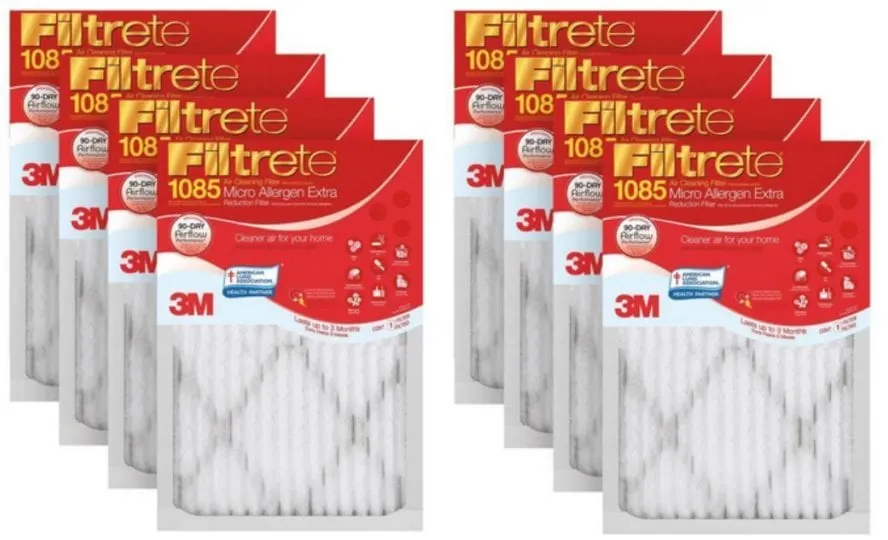
Image Source: Southern Savers
Filtrete is a 3M brand, so you know it’s reliable. Filtrete makes pleated filters that trap more particles than fiberglass filters. They also make high-end filters, like the Filtrete Smart filter.
These tell you when it’s time to replace it via a companion app. You can order replacement filters through the app, ask questions, and even monitor the quality of your indoor air.
A 3-pack of the basic Filtrete air filters is about $10. This is an affordable option that keeps your furnace working efficiently while blocking out particulate matter.
Purolator
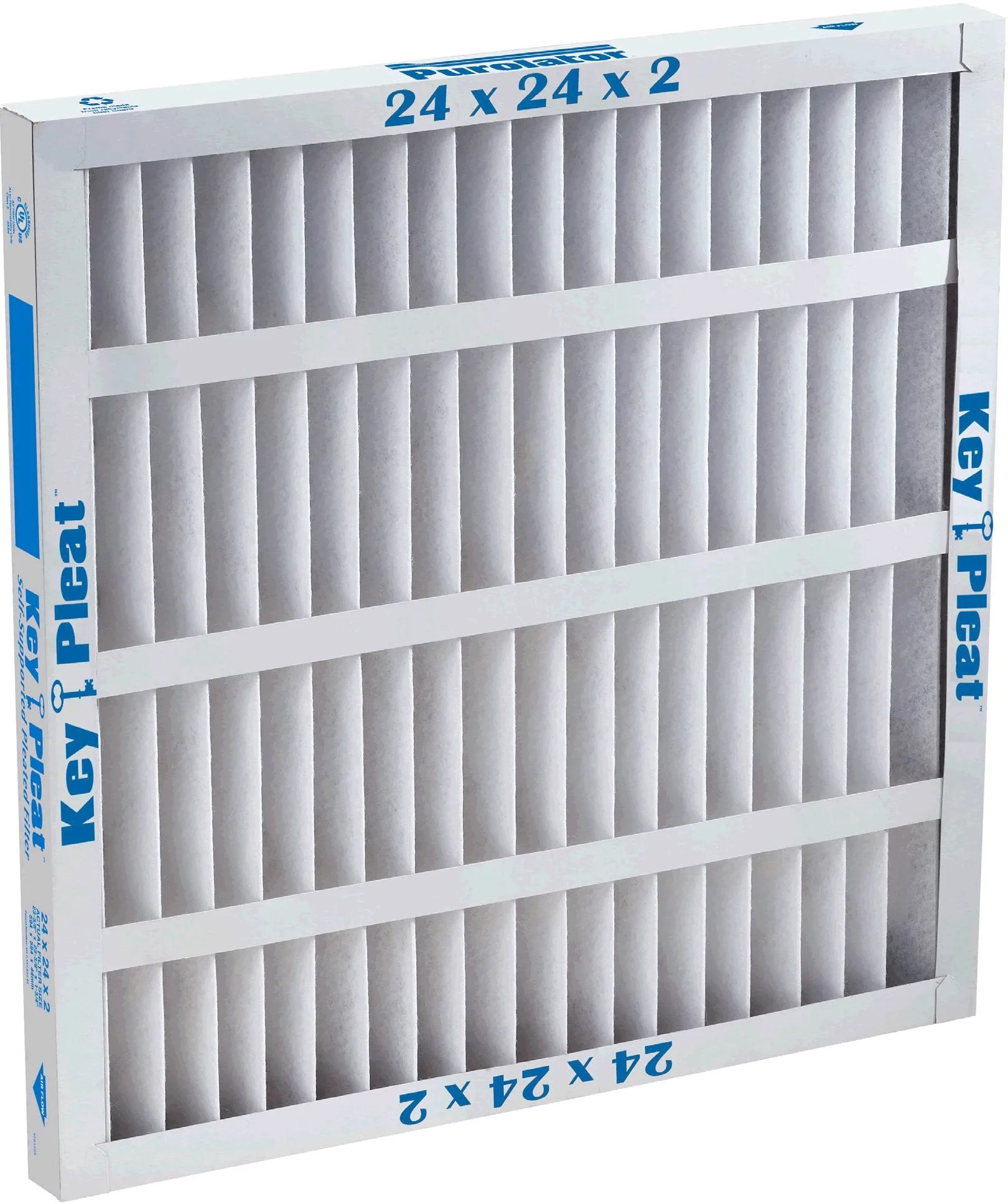
Image Source: Purolator
Purolator filters consistently get 4.5 and 5-star reviews from customers, and HVAC professionals widely recommend them. These filters are reliable, effective, and available in a variety of filter types.
You can choose from pleated, fiberglass, and even industrial filters. Fiberglass filters start at about $3, and pleated filters start at about $5. Buy them in bulk to receive an additional discount.
FilterBuy
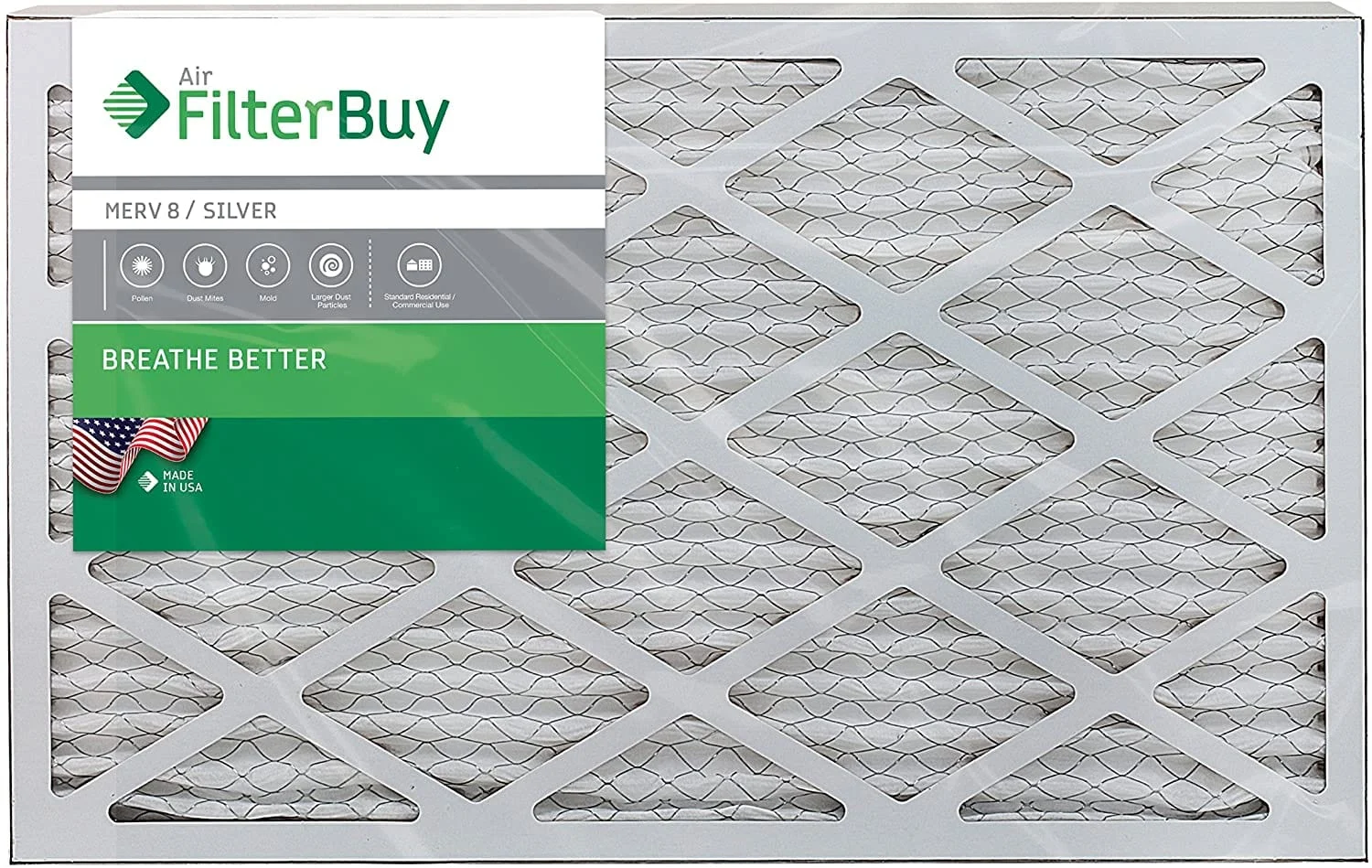
Image Source: Amazon.com
FilterBuy is another excellent source for furnace filters. They supply pleated air filters only (no fiberglass or reusable). Their filters can last anywhere from 3 to 6 months, depending on the filter’s size and how quickly the filters get dirty in your home.
Their filters capture more than 85% of the particles that normally end up in your home’s air. They make furnace filters with MERV ratings of 8, 11, and 13. These ratings will fit most residential needs.
FilterBuy charges about $18 per filter as far as price, which is still within the average. You can get a significant discount by ordering multiple filters at once (you’ll need them anyway), making them as low as $6 each.
Understanding the MERV Rating for Furnace Filters
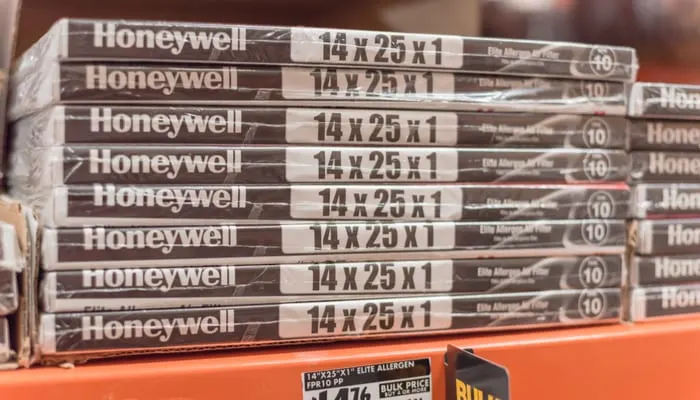
Trong Nguyen/Shutterstock
Just because you’ve been buying one brand or one type of filter for a while doesn’t mean it’s the best for your furnace. To help it work more efficiently and last longer, you need to choose filters with the right MERV rating, usually 7–12.
If there are serious allergies or health problems in your household, opt for MERV ratings 11–13. Your filters need to be the right type, size, and brand to filter particles out of the air effectively, regardless of the MERV rating you choose.
Disposable pleated filters are more effective than disposable fiberglass filters, and they’re available in higher MERV ratings (up to 13). Reusable metal filters are more convenient but much more costly as well.
Furnace filters seem simple enough, but there are a lot of things to consider! What kind of furnace filter seems to be the best fit for your system? Be sure to let us know!

